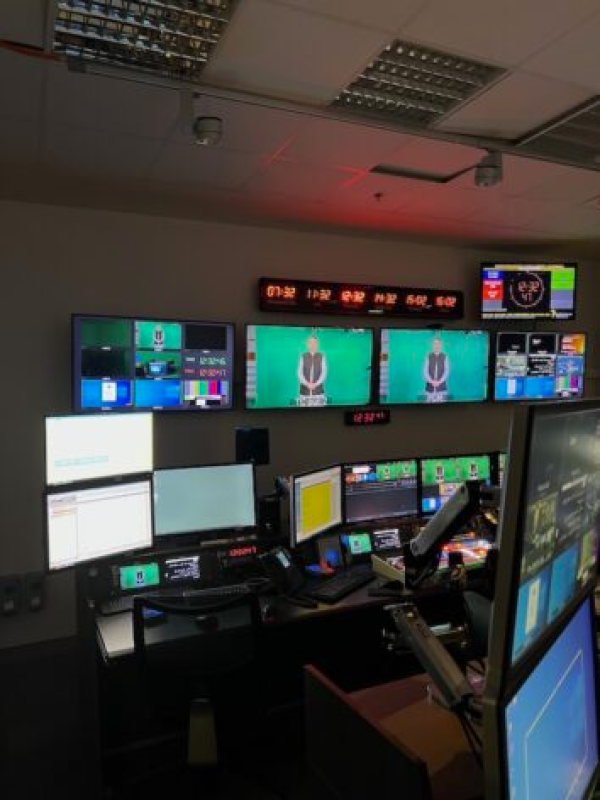- Overnight rain floods Chattogram, causes traffic chaos |
- Khagrachhari violence: 3 cases against 1, 000 unknown people |
- Durga Puja ends today thru immersion of idol |
- Bay Deep depression likely to cross Odisha by Thursday night |
- Human Rights Groups Urged to Unite Against Racism |
Afghan Media Faces Collapse Under Taliban Crackdown

Ahmad Siyar now works in road construction in Balkh province, wearing a safety helmet to shield himself from falling debris. Not long ago, he wore a similar helmet for a very different purpose—reporting from northern Afghanistan, with the word “Journalist” written across it in Dari and English.
“We wore helmets marked ‘journalist’ to protect ourselves and to signal to warring sides who we were. It was a difficult but golden era. I loved reporting and being the voice of the people. But after the Taliban took over, restrictions and financial pressures became unbearable, and I had to quit,” he said. “Now I work in construction. It’s not easy, but I have no choice. I’m the sole breadwinner for my family.”
Siyar, a father of three, is one of many journalists whose careers have collapsed under Taliban rule. Since retaking power on August 15, 2021, the Taliban has issued at least 21 directives regulating media activity, including bans on women appearing on state television, prohibitions on covering protests, and restrictions on music broadcasts.
The crackdown, combined with financial strain, has forced the closure of 350 independent media outlets, down from more than 600 before August 2021. Reports by media freedom groups, including the International Federation of Journalists, Reporters Without Borders, and the Committee to Protect Journalists, confirm the steep decline.
“Four years after the Taliban takeover, Afghanistan’s once vibrant press is now a shadow of its former self,” said Beh Lih Yi, Asia-Pacific Regional Director at CJP. “Exiled Afghan journalists also face arbitrary arrests, including in Pakistan and Iran.”
TOLOnews, Afghanistan’s largest independent news network, laid off 25 journalists in June 2024 following Taliban orders to cancel programs deemed “propaganda.” “Our funds are drying up. We can no longer provide full and free broadcasts to the public,” said a senior editor, who requested anonymity.
The Taliban has imposed strict rules on women in media, banning their participation in entertainment, prohibiting interviews with opposition figures, and halting the release of films and TV series. International content and collaborations with exiled Afghan outlets are also forbidden.
“This is the darkest period for Afghan media,” Yi said. “Censorship, arrests, intimidation, and restrictions on women have become daily realities.”
Many women journalists have fled the country. Those who remain live in constant fear. Farida Habibi (name changed), a Kabul-based journalist who stayed behind to care for her disabled father, said: “The environment is suffocating. I can’t move freely, and my salary is very low.”
According to the Afghanistan Journalists Centre, 703 violations against media professionals were recorded between August 2021 and December 2024, including arbitrary arrests, torture, and intimidation. A UN report also condemned the Taliban for “systematically dismantling press freedom.”
“Journalists in Afghanistan operate under vague rules, always at risk of detention for perceived criticism,” said Roza Otunbayeva, head of UNAMA. “A free press is not optional—it is essential. What we see in Afghanistan is its deliberate destruction.”
The Taliban denies wrongdoing. Speaking in Kabul on July 2, Khabib Ghafran, spokesperson for the Ministry of Information and Culture, claimed the government supports free media but warned that “nobody can cross Islamic red lines.” He added that the Taliban plans to create a financial support fund for journalists.

